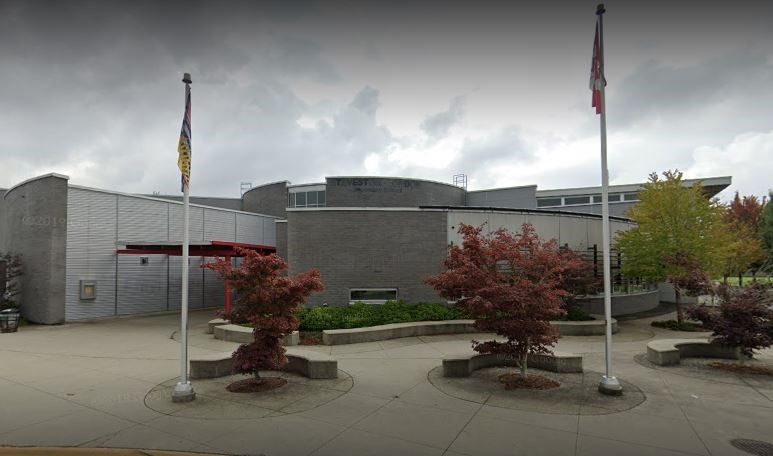Projected costs for seismic upgrades to Richmond schools have increased almost 50 per cent since 2023.
The Richmond School District's seismic mitigation program estimates it will cost a total of $775 million to upgrade 22 schools seismically in the 2025/2026 school year.
This is a $254-million increase from the 2023/2024 school year, which was projected at $521 million.
For the 2024/2025 school year, the cost increased to $640 million.
Among the schools, James Gilmore Elementary and Steveston-London Secondary have the highest upgrade costs.
James Gilmore's cost rose from an estimated $37.9 million to $62.7 million. Steveston-London's cost increased from $49.5 million to around $72.5 million.
This is a $24.8-million and $22.9-million difference, respectfully.
David Sadler, spokesperson for the Richmond School District, told the Richmond News that costs have increased due to higher prices for lumber, mechanical, electrical, steel, and concrete products.
Steel costs have risen by 25 per cent since 2023, and lumber costs by nearly 30 per cent since pre-COVID.
Ongoing supply chain issues, labour costs, and shortages in specialty trades have also contributed to cost increases, he said.
He highlighted the school district is "a leading school district" in B.C. with their seismic mitigation program.
The district has completed a total of 13 seismic upgrades, including James Whiteside and William Bridge elementary schools.
Howard DeBeck and Alfred B. Dixon elementary are currently the focus of new projects.
To manage costs, the district is looking for cost-effective methods during the design phase, alternative products of equal or better quality, and service providers offering the best overall value, explained Sadler.
"The Richmond School District manages our seismic mitigation program budgets closely, focusing on essential structural and sub-structural work and related impacts on architectural, mechanical, electrical, and civil systems," Sadler said.
"This also includes compliance with code-related items triggered by construction, temporary accommodations (portables), and replacing aged infrastructure where necessary."
Got an opinion on this story or any others in Richmond? Send us a letter or email your thoughts or story tips to [email protected]. To stay updated on Richmond news, sign up for our daily headline newsletter.

